5 Types of OCD You Should Know (and How They Differ)
➡ Explore our Therapists & Healers Directory to find OCD and anxiety specialists near you or online.
Obsessive-compulsive disorder (OCD) affects millions of people worldwide, but it doesn’t look the same for everyone. While the DSM-5 doesn’t divide OCD into official subtypes, mental health experts recognize several common OCD themes that tend to repeat across individuals.
Understanding these subtypes can help you identify patterns in your own experience and communicate more clearly with a therapist or healer. Below, we’ll look at five major types of OCD that many people struggle with.
1. Contamination & Cleaning OCD
What it involves
This subtype can include. fears of contamination (germs, dirt, chemicals, bodily fluids, poisons, intoxicants, etc..) and can be accompanied with an overwhelming drive to clean or sanitize.
Common compulsions
Repeated hand washing or showering
Excessive cleaning of objects, clothes, or spaces
Avoiding “dirty” places (public bathrooms, hospitals, schools)
Silent rituals (repeating “I am clean” in the mind)
Waiting a certain amount of time to determine you haven’t been poisoned or consumed an intoxicant
Why it matters
The relief from cleaning or consuming something harmful is temporary, but the cycle of fear and compulsion can consume hours of daily life.
👉 Learn more about contamination OCD at the International OCD Foundation.
2. Symmetry, Ordering & “Just Right” OCD
What it involves
People with this OCD theme feel intense discomfort unless things are balanced, aligned, or “just right.”
Common compulsions
Arranging and rearranging objects until they feel correct
Repeating movements (walking, touching, opening doors) until they “fit”
Counting or tapping rituals to create balance
Undoing or re-doing actions that feel “off”
Unique feature
The distress isn’t always about fear of harm, rather it’s about the unbearable internal itch that something is out of place.
👉 Healthline explains symmetry OCD in detail.
3. Checking & Doubt OCD
What it involves
This type of OCD centers on constant doubt and fear of mistakes, worrying you may cause harm or forget something important.
Common compulsions
Checking locks, stoves, and appliances repeatedly
Driving back to ensure you didn’t hit someone with your car (this can also fall into Harm OCD)
Asking others for reassurance (“Did I lock the door?”)
Replaying events in your head to confirm safety
Why it matters
The relief from checking is fleeting, and each ritual reinforces the cycle of doubt.
👉 CommonSpirit Health lists checking OCD as one of the most common types.
4. Intrusive Thoughts OCD (Harm, Sexual, Religious, Taboo)
What it involves
Intrusive thoughts focus on taboo or distressing themes: harming others, sexual thoughts, blasphemous or religious obsessions, or violent images.
Common compulsions
Silently counteracting the thought with a “safe” thought
Praying or confessing to neutralize intrusive images
Avoiding places, people, or situations that might “trigger” thoughts
Constantly checking your own mind to make sure you “don’t want it”
Unique feature
These thoughts are ego-dystonic which means they go against your values, which causes them to be even more distressing.
👉 Verywell Mind explains taboo and intrusive OCD themes.
👉 For more on “Pure O,” see Wikipedia’s overview of primarily obsessional OCD.
5. Relationship & Identity OCD Variants
What it involves
These OCD themes involve endless doubt about relationships, sexual orientation, or personal identity.
Common compulsions
Repeatedly questioning your love for your partner (ROCD)
Intrusive doubts about sexual orientation (SO-OCD)
Mental “testing” of feelings (“Do I feel attraction?”)
Avoiding intimacy or relationship decisions
Why it matters
While everyone questions relationships at times, in OCD these doubts become intrusive, repetitive, and distressing.
👉 Verywell Health explains Sexual Orientation OCD.
👉 Manhattan CBT describes relationship and identity OCD themes.
Why Recognizing OCD Subtypes Helps Healing
Therapy fit: Identifying your OCD subtype helps therapists tailor ERP (Exposure and Response Prevention) exercises to your exact fears.
Validation: Naming your pattern reduces shame — you’re not alone, and others experience the same themes.
Holistic treatment: Knowing your subtype also helps you choose the right practitioner, whether it’s a licensed therapist, healer, or both.
👉 If you’re seeking support, explore our Therapists & Healers Directory.
Final Thoughts
OCD is complex, and many people experience multiple subtypes at once. The important takeaway is that no matter your OCD theme, effective treatments and supportive practitioners exist.
If you’re ready to find help, start here:
➡ Therapists & Healers Directory
